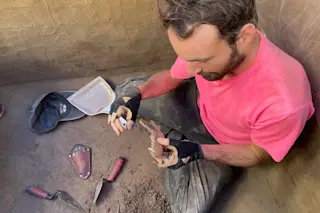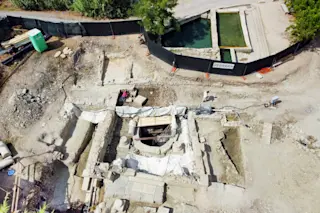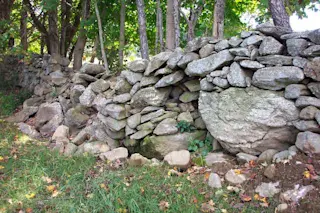In the third and fourth centuries B.C., around the time of Alexander the Great, the coast of Turkey was a strategic point for ships plying the Aegean and the eastern Mediterranean. The remnants of Greek outposts from this time still dot the Turkish coastline. One of them, the ancient port of Aperlae, has always puzzled archeologists. Aperlae seemed an unlikely place for a town. It lacked a nearby source of freshwater, so the residents had to build 31 large cisterns to catch rainwater. Strong winds blow into the bay each morning, which must have made it difficult for ancient ships to get out of Aperlae’s harbor. Meanwhile on the opposite side of the peninsula, just two miles away, there was a perfectly good bay. The ancient Greeks and Romans were never stupid, says Robert Hohlfelder, an archeologist at the University of Colorado. There must have been a reason for the ...
Snail City
Discover the ancient port of Aperlae, a strategic hub for murex snails and Tyrian purple dye along Turkey's coastline.
More on Discover
Stay Curious
SubscribeTo The Magazine
Save up to 40% off the cover price when you subscribe to Discover magazine.
Subscribe













